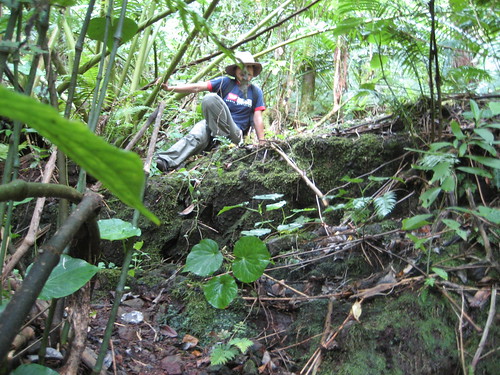So yes, everyone has heard that Mac OS X and TextMate is the epitome of Rails development, and that it is so awesome that it brings tears of joy to developers eyes, &c. However, for those of us who either don’t have a Mac, or get to work on client provided hardware (often running Windows), there are a few options available.
Developing on Windows XP, with InstantRails is workable. It is easy to get everything you need and have your apps up and running quickly. However, performance is, well, quite frankly, terrible for anything you do on the command line. Mainly, this bites when running tests, doing migrations, generating files etc. Performance running Mongrel is good enough for development.
What about Cygwin? Subjectively, I found it provided similar speed to Windows Ruby/Rails.
So this brings us to virtualisation. Recently, I’ve been testing out VirtualBox running Ubuntu on top of Windows XP. This has had surprisingly good results. On the same machine, the virtual Ubuntu running Rails tasks has about 4 times (!!!) faster performance, even though it has less memory and system resources!
Here are some stats to give you and idea of the advantage.
Machine is a 2.4ghz quad core, 4gig of memory running Windows XP. Using VirtualBox 2.1.4 for virtualized Ubuntu Intrepid 64 bit, with 1.5gig of memory allocated. Figures are in seconds and approximate (taken with a wrist watch).
| generate scaffold | db:migrate with no changes | run tests for medium sized rails app | |
|---|---|---|---|
| Windows XP & Instant Rails | 7 | 7 | 25 |
| VirtualBox Ubuntu on same Windows XP | 1.5 | 1.5 | 6 |
Some of these commands / tests rely on hitting a MySQL database. However, I’m interested in overall development speed for both platforms, not in Ruby speed in particular, so I think it is fair game to include these in the results.
So if you want to do Rails Dev on Windows, I highly recommend trying a virtual machine running Linux!












